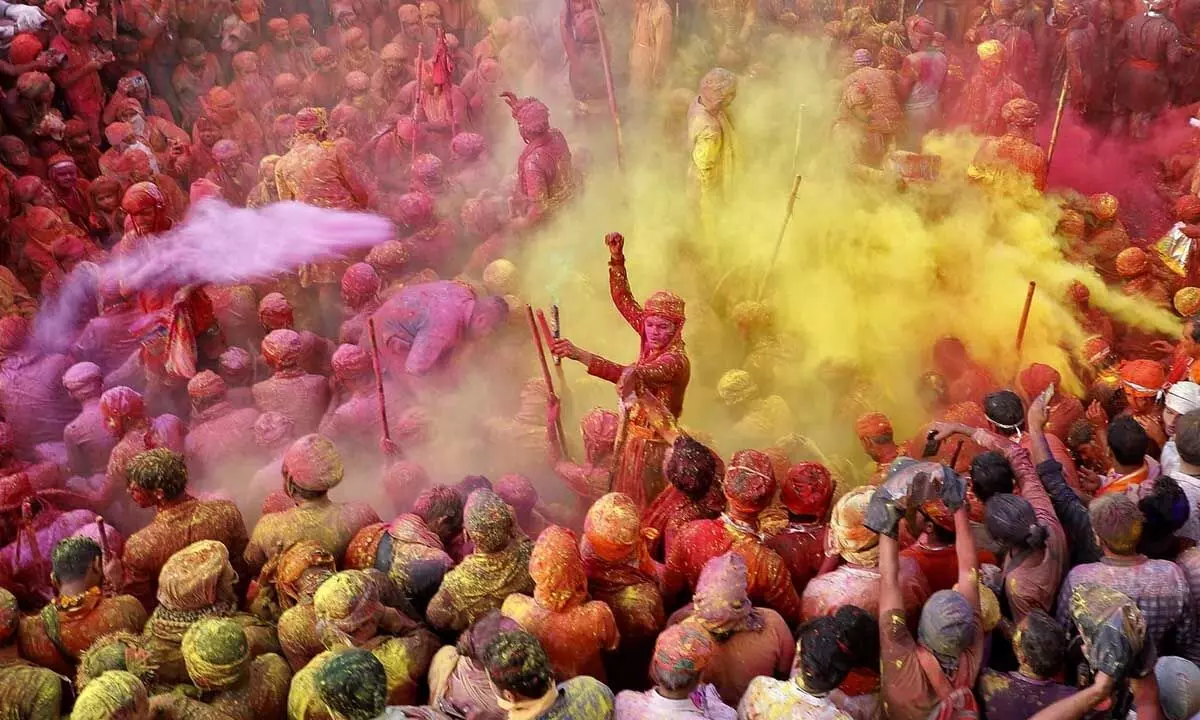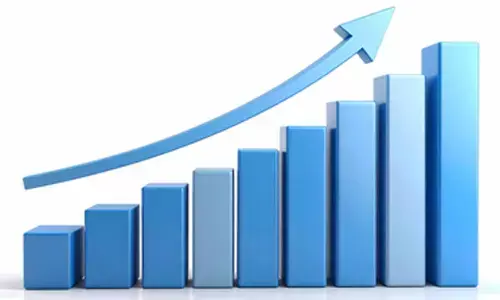Holi 2024: Date, Puja Timings, Rituals, History, and Significance

Holi, known as the Festival of Colours, is an eagerly awaited celebration that holds significant cultural and religious importance in India and around the world.
Holi, known as the Festival of Colours, is an eagerly awaited celebration that holds significant cultural and religious importance in India and around the world. It is a time when communities come together to revel in joy and harmony, marking the victory of good over evil and the arrival of spring.
Date of Holi 2024
Holi is observed on the full moon day of the Falgun month. In the year 2024, the festival will be celebrated on Monday, March 25. The eve of Holi, known as Holika Dahan or Choti Holi, will take place on Sunday, March 24.
Puja Timings
According to Drik Panchang, the auspicious time for Holi begins on March 24 at 09:54 AM and concludes at 12:29 PM on the following day.
Rituals of Holi
1. Timing of Rituals: Performing rituals at the designated times is essential to ensure auspiciousness and avoid misfortune.
2. Holika Dahan: This ritual takes place on the first day of Holi using a pile of wood, symbolizing the triumph of good over evil.
3. Puja Essentials: Items required for the puja include a bowl of water, cow dung, unbroken rice, agarbatti, flowers, raw cotton thread, turmeric pieces, moong, batasha, gulal, and a coconut.
4. Preparation: Cotton threads are tied around the wood, and Ganga water is sprinkled along with flowers, followed by worship using the mentioned items.
5. Symbolism: The Holika Dahan structure is then lit, symbolizing the burning of ego, negativity, and evil from one’s life.
6. Significance: Holika Puja is believed to ward off various fears, commemorating the victory of Prahlad, a devotee of Lord Vishnu, over the evil intentions of his father, Hiranyakashyap, and his sister Holika.
History and Significance
Holi holds deep historical and cultural significance:
• Prahlad and Hiranyakashipu: One of the main narratives associated with Holi revolves around the demon king Hiranyakashipu and his son Prahlad, who remained devoted to Lord Vishnu. Prahlad's triumph over evil is celebrated during Holi.
• Kamadeva and Shiva: In some traditions, Holi is linked to the awakening of Shiva from meditation by Kamadeva, the god of love, symbolizing the return of spring and fertility.
Celebration of Holi
Holi is celebrated with great fervour and enthusiasm:
• Holika Dahan: The eve of Holi involves lighting bonfires to symbolize the burning of Holika.
• Throwing Colours: On the main day of Holi, people engage in throwing colored powders and water at each other, symbolizing the breaking down of social barriers and the playful spirit of the festival.
• Food and Drinks: Special sweets and drinks, such as Thandai, are prepared and shared during Holi celebrations.
Interesting Facts About Holi
1. Holi is a public holiday in India and other countries with significant Hindu populations.
2. The colours used during Holi are usually natural and safe for the skin and eyes.
3. Wearing old clothes during Holi celebrations is recommended to avoid staining.
4. Holi is a time for forgiveness, letting go of grudges, and celebrating new beginnings.
By celebrating Holi, people across cultures come together to embrace joy, harmony, and the spirit of renewal, making it one of the most beloved festivals worldwide.
















